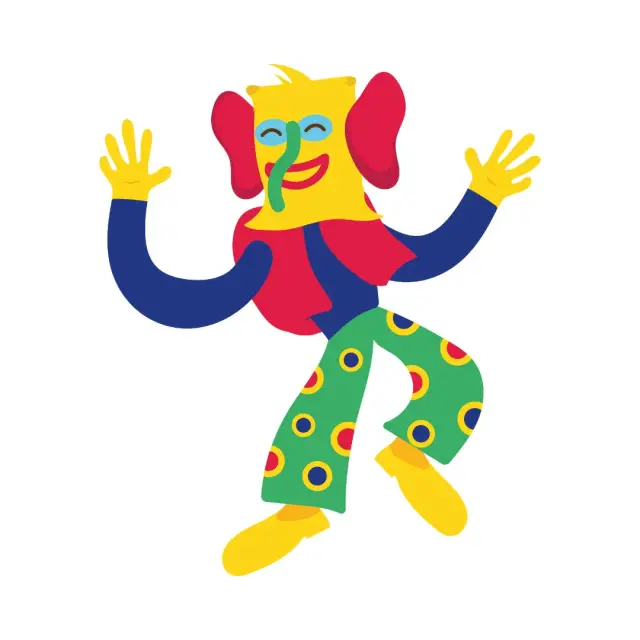The Barranquilla Carnival, one of Colombia’s most iconic cultural festivals, kicks off every year with an explosion of color, music and tradition. The start date often varies, but March 1 marks a particularly special beginning in the recent history of this iconic event, which attracts local and international visitors.
History of Carnival
The Barranquilla Carnival has deep roots in Colombia's cultural history, fusing African, indigenous and European elements. Declared a Masterpiece of the Oral and Intangible Heritage of Humanity by UNESCO in 2003, this festivity reflects the cultural diversity and vibrant spirit of the people of Barranquilla.
The history of carnival dates back to the 19th century, when local communities began celebrating with masks, costumes and traditional dances. These practices were consolidated over time, giving rise to an event that combines tradition with modernity.
Main Events of March 1st
The official start of the carnival is marked by iconic events that kick off the festivities:
Reading of the Decree
The Reading of the Bando, traditionally held on the first day, establishes the "laws" of the carnival. This symbolic act, led by the Carnival Queen, invites everyone to participate in the celebration with joy and enthusiasm.
Battle of Flowers
Although the Battle of Flowers usually takes place later in the carnival, the first day serves as a prelude where the streets of Barranquilla begin to fill with floats, costumes and music. This event is a tribute to the cultural richness of the region and an impressive visual spectacle.
Parade of Comparsas
The first day's parade brings together folkloric groups that display their elaborate costumes and choreographies to the rhythm of cumbia, mapalé and other traditional genres. It is a showcase of local creativity and talent.
Typical Carnival Characters
Carnival would not be complete without its iconic characters, who represent the essence of the celebration:
Marimonda: With her colorful costume and characteristic mask, this character symbolizes humor and irreverence.
King Momo: Central figure that accompanies the Carnival Queen, represents joy and the festive spirit.
Congo: Dressed in elaborate costumes, this character reflects African heritage in Caribbean culture.
Preparations for Carnival
Preparations for the Barranquilla Carnival begin months in advance. Artists work on creating floats and costumes, while communities rehearse dances and choreographies. This collective effort ensures that each edition is unique and memorable.
The city is also transformed. The streets are decorated with flags, lights and vibrant colours, while locals and businesses prepare to receive thousands of tourists.
Cultural and Economic Impact
The Barranquilla Carnival is not only a cultural celebration, but also an economic driver for the city. It generates employment in sectors such as tourism, gastronomy and entertainment. It also promotes Colombia's cultural identity internationally.
Every year, the carnival attracts hundreds of thousands of visitors, contributing significantly to the local economy. Hotels, restaurants and shops experience a surge in demand, while artisans find a platform to showcase their work.
March 1st marks the beginning of one of the most important festivities in Colombia: the Barranquilla Carnival. This event, full of history, tradition and joy, is a testament to the vibrant spirit of the people of Barranquilla and their ability to unite people through art and culture. Whether you participate as a spectator or as a protagonist, the carnival is an unforgettable experience that celebrates the diversity and talent of the region.
